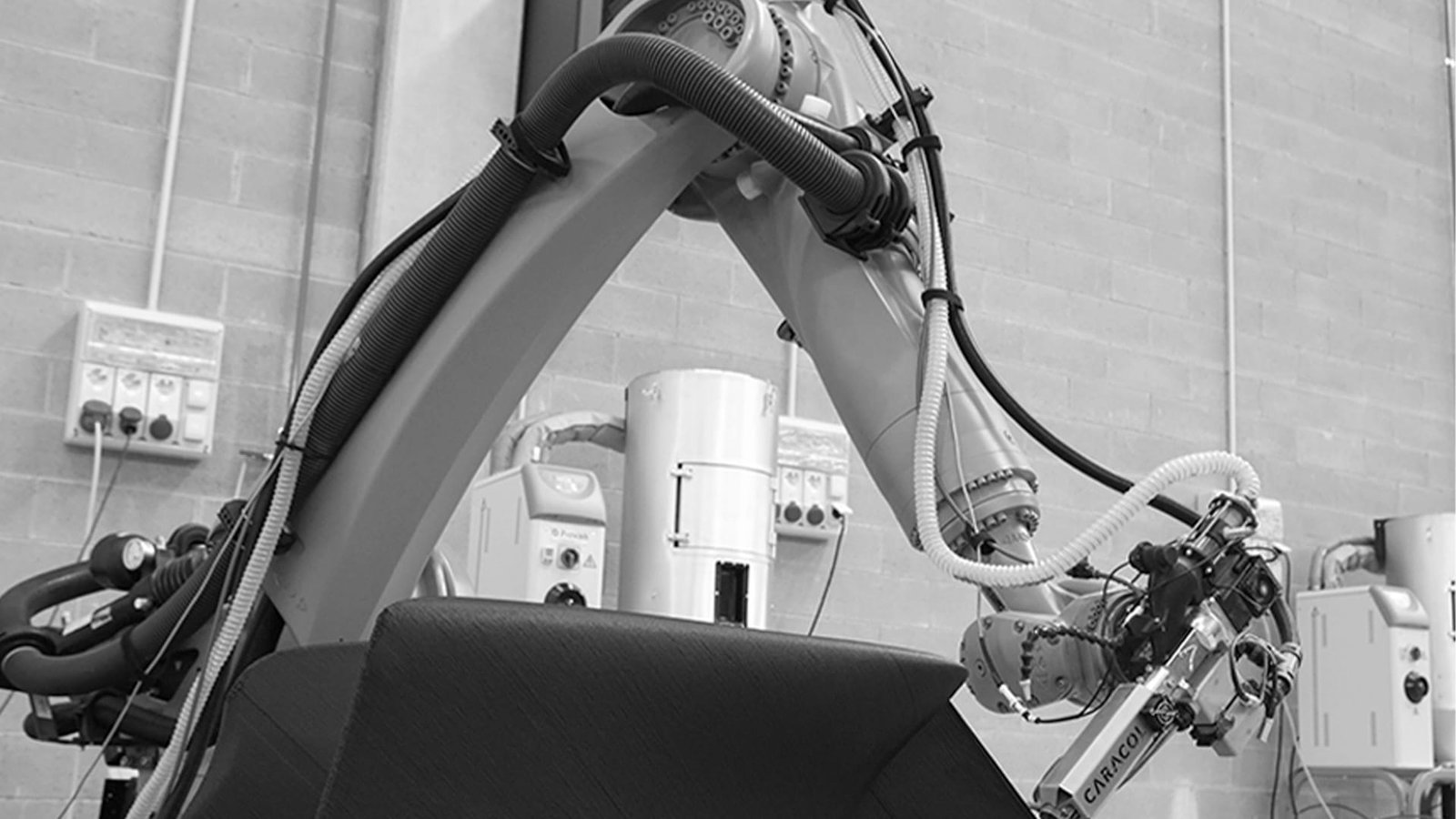Large-format 3D printing enables the creation of larger, more complex structures, setting it apart from traditional 3D printing. This technology is increasingly adopted by automotive, aerospace, and construction industries due to its potential for efficiently producing large, custom parts and prototypes. The growing demand for scalable, innovative manufacturing solutions in India makes large-format 3D printing a key driver of industrial transformation. With its potential for cost savings and customization, this technology is poised to reshape Indian manufacturing capabilities.
Key Challenges in Large-Format 3D Printing

As promising as large-format 3D printing is, scaling up presents unique technical and economic challenges that can impact its effectiveness, particularly in cost-sensitive markets like India. Below are the primary hurdles to consider:
Hardware Limitations
Large-format 3D printers require significant upgrades in hardware to handle bigger prints. Challenges include maintaining structural accuracy and stability over large build volumes, higher power requirements, and the need for robust maintenance routines. Additionally, controlling precision at larger scales remains a critical issue for high-quality output.
Material Constraints
Scaling up often restricts the choice of materials, as not all materials maintain strength and durability when used in large prints. High-performance materials that work at this scale are often expensive, making affordability a challenge in markets with tight budgets. Furthermore, sourcing high-quality, large-scale materials locally can be a barrier in India.
Time and Cost Considerations
Producing large-scale parts significantly increases print times, which in turn raises operational costs. Extended printing durations not only demand more power but also heighten the risk of errors during lengthy print jobs. The high costs of large-format 3D printing, combined with increased energy use, present substantial barriers to adoption for companies prioritizing efficiency and budget constraints.
Solutions and Innovations in Large-Format 3D Printing

To overcome the challenges in large-format 3D printing, the industry has made significant strides in hardware, materials, and software. These advancements help improve scalability, reduce costs, and enhance the quality of large-scale prints. Below are key innovations shaping the field:
Advancements in Hardware
New designs in 3D printers are enabling larger builds with improved precision. Modular 3D printers and robotic arms allow for more flexible, scalable printing processes, which can be reconfigured for different sizes and shapes. These printers are also designed to minimize structural deformation and enhance stability, making them ideal for producing larger, high-quality parts.
Material Innovation
The development of reinforced polymers, metal composites, and other durable materials has greatly expanded the possibilities of large-format 3D printing. These materials offer increased strength and resilience, crucial for handling the physical demands of large-scale applications. Many of these materials are also more sustainable and cost-effective, making them ideal for use in India’s growing manufacturing sector.
Improved Software Solutions
Advanced software solutions now optimize print paths, minimize material waste, and accelerate production times, reducing the costs associated with large-format printing. Integrating AI and machine learning in software platforms also enables real-time error detection and quality control, ensuring more consistent print quality. These technologies support faster production cycles, making large-format 3D printing more viable for high-demand industries
Future of Large-Format 3D Printing in India
India’s industrial landscape is ripe for transformation with large-format 3D printing, especially in sectors such as automotive, construction, and aerospace. The technology’s potential to produce custom parts, prototypes, and even full-scale structures aligns with India’s push for innovation in manufacturing and infrastructure. As local demand for efficient, scalable solutions grows, so does interest in 3D printing as a sustainable, cost-effective alternative to traditional manufacturing.
Government initiatives like “Make in India” and increasing investment in tech-driven manufacturing support the adoption of advanced 3D printing technologies. These efforts encourage local companies to explore large-format 3D printing to enhance productivity, reduce import dependency, and foster innovation. Additionally, this technology offers potential job creation and upskilling opportunities, as expertise in 3D printing becomes a valued asset in the workforce.
With continued investment, innovation, and policy support, large-format 3D printing is set to become a cornerstone of India’s modern industrial ecosystem, driving advancements across industries and establishing India as a competitive player in global manufacturing.
Conclusion
In conclusion, large-format 3D printing offers transformative potential for industries in India, enabling efficient, customized, and scalable manufacturing solutions. While challenges like hardware limitations, material constraints, and cost barriers exist, innovations in printer design, materials, and software are making this technology increasingly viable. With growing government support and industry interest, large-format 3D printing is poised to play a pivotal role in advancing India’s manufacturing capabilities, fostering innovation, and creating new opportunities in a globally competitive market.







